FDA Approves First Blood Test for Alzheimer’s, Marking a Historic Shift in Early Detection
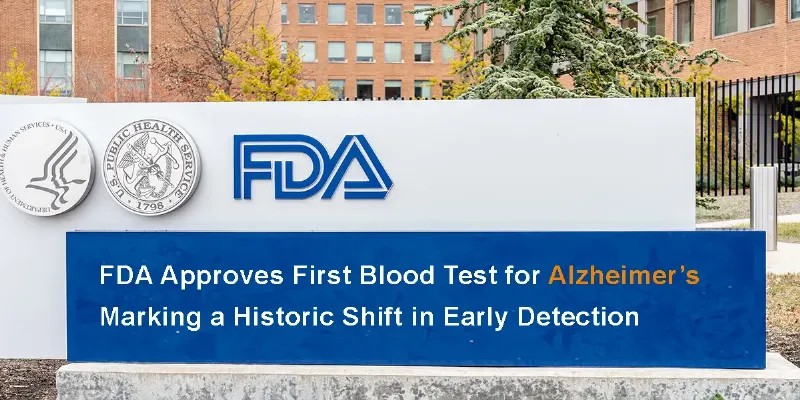
The FDA has cleared the first blood test—Lumipulse G pTau217/β-Amyloid 1-42—for the diagnosis of Alzheimer’s disease. It demonstrated 91.7% sensitivity and 97.3% specificity in detecting amyloid plaques in cognitively impaired adults. Less invasive than PET scans or spinal taps, the test enables earlier and more accessible diagnosis.
In a historic step for the diagnosis of Alzheimer’s disease, the U.S. Food and Drug Administration has cleared the first blood-based biomarker test for use in clinical practice. The Lumipulse G pTau217/β-Amyloid 1-42 Plasma Ratio, developed by Fujirebio Diagnostics, promises to shift diagnostic paradigms by enabling clinicians to detect signs of Alzheimer’s pathology with just a blood draw—offering a less invasive and more accessible alternative to PET scans and lumbar punctures.
“Alzheimer’s disease impacts too many people, more than breast cancer and prostate cancer combined,” said FDA Commissioner Dr. Martin Makary in a public statement. “Knowing that 10% of people aged 65 and older have Alzheimer's, and that by 2050 that number is expected to double, I am hopeful that new medical products such as this one will help patients.”
The test, cleared under the FDA’s 510(k) pathway and granted Breakthrough Device designation, targets a critical gap in early Alzheimer’s detection. It measures two hallmark proteins associated with the disease—phosphorylated tau (pTau217) and β-amyloid 1-42—in plasma and calculates their ratio. This ratio correlates strongly with the presence or absence of amyloid plaques in the brain, which are central to Alzheimer’s pathology.
A Simpler Path to a Complex Diagnosis
Until now, identifying amyloid pathology has largely depended on advanced imaging with amyloid PET scans or cerebrospinal fluid (CSF) analysis through lumbar puncture—procedures that are not only invasive and costly but also largely inaccessible outside major academic centers. The Lumipulse blood test could change that.
In a multi-center clinical validation study, researchers analyzed 499 plasma samples from cognitively impaired adults. The results were benchmarked against PET scan findings and CSF biomarker tests. The test showed strong predictive performance:
- 91.7% of patients with a positive plasma ratio had amyloid plaques confirmed via PET or CSF.
- 97.3% of those with negative plasma results had no plaques on confirmatory tests.
- Fewer than 20% of results were deemed indeterminate.
These statistics are compelling, particularly in specialized memory clinics, where the test could streamline decision-making and reduce the burden of confirmatory diagnostics. However, the FDA emphasizes that the test is not a stand-alone diagnostic. It is intended to complement other clinical assessments in patients aged 55 and older who already show signs or symptoms of cognitive decline.
Despite its promise, the blood test does not come without limitations. Like all diagnostic tools, false positives and false negatives remain a concern. Moreover, the test is not approved for general population screening. Its utility lies primarily in aiding diagnosis within a clinical context—where neurologists and geriatricians are already engaged in unraveling the cause of a patient’s cognitive symptoms.
“Today’s clearance is an important step for Alzheimer’s disease diagnosis, making it easier and potentially more accessible for U.S. patients earlier in the disease,” said Dr. Michelle Tarver, Director of the FDA’s Center for Devices and Radiological Health.
A Blueprint for the Future of Neurodiagnostics
The significance of the FDA’s decision extends beyond the test itself. It signals a shift toward blood-based diagnostics in neurology—once thought impractical due to the complexity of brain-derived biomarkers and the blood-brain barrier. Today, advances in ultrasensitive immunoassays and biomarker validation are bringing Alzheimer’s pathology into clearer focus through peripheral blood.
Fujirebio’s plasma test is built on the success of its earlier CSF-based assay, which remains a gold standard in many research settings. The new approval reflects both technological refinement and regulatory confidence in the reliability of blood-based measures.
While challenges remain—including equitable access, clinician education, and payer coverage—this clearance marks a major milestone. It opens the door to faster diagnoses, earlier interventions, and ultimately, more inclusive Alzheimer’s care.
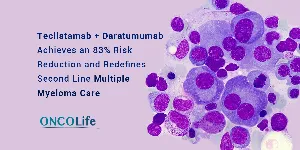
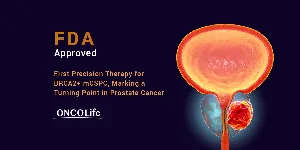
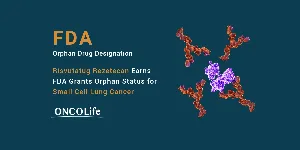
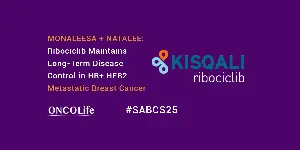

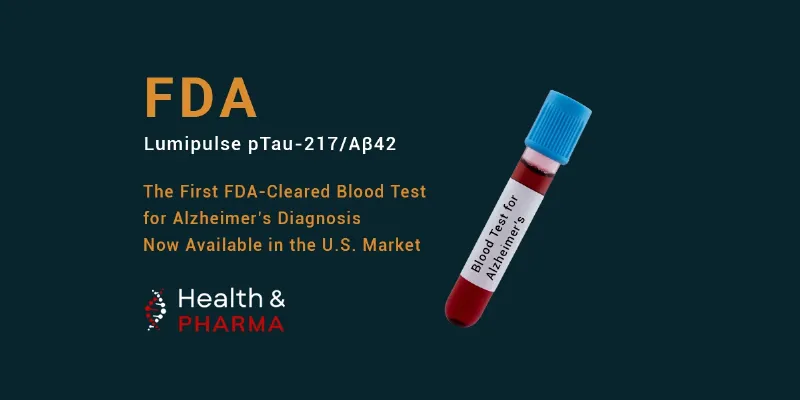
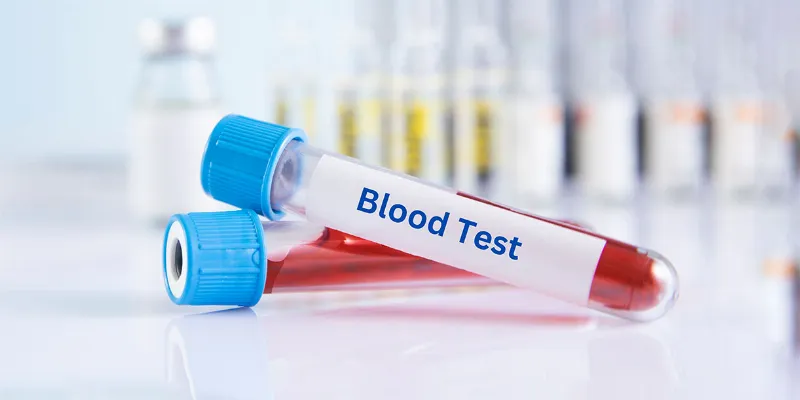




Comments
No Comments Yet!